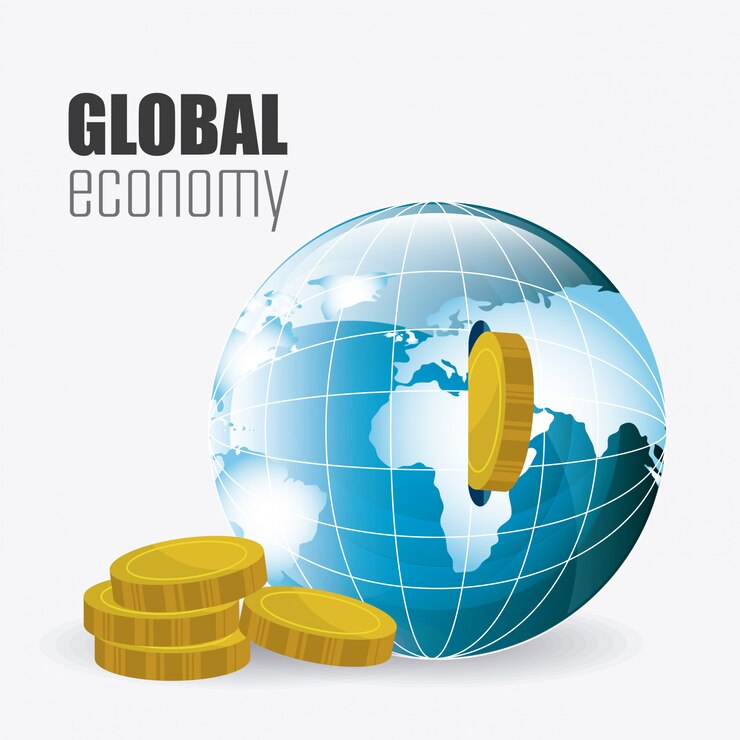As we enter the final quarter of 2024, the global economic landscape is characterized by significant policy shifts, regional divergence, and a cautious yet resilient growth outlook. The easing cycle initiated by the U.S. Federal Reserve, marked by a surprising 50 basis point cut in September, has set the stage for similar actions by central banks worldwide, particularly in emerging markets.
Diverging Economic Paths
The global economy remains resilient, though growth outcomes are markedly divergent across major regions. The U.S. economy shows signs of slowing, while the eurozone appears to be on a recovery path. In contrast, China faces substantial headwinds, primarily stemming from its troubled property market. Our forecasts indicate global GDP growth of 3.2% in 2024, slightly decreasing to 3.1% in 2025, with bright spots being economies benefiting from robust domestic demand or active participation in the global technology sector.
Despite this forecast, significant risks loom on the horizon. These include potential downturns in labor demand, spikes in bond yields, and geopolitical tensions. Notably, the concept of the neutral rate of interest (r*) remains a pivotal unknown, as it will heavily influence monetary policy decisions moving forward.
Regional Economic Developments
United States: Transitioning to Neutral
In the U.S., GDP growth is projected to decelerate from above-trend rates this year to below-trend in 2025. While unemployment rates remain low, recent trends indicate a softening labor market. The Federal Reserve is poised to implement a series of interest rate cuts, aiming for a terminal policy rate between 3.00% and 3.25% by the end of 2025. Despite these adjustments, the probability of a recession over the next year remains at 25%, largely due to resilient consumption patterns.
Eurozone: Consumer Spending Driving Growth
The eurozone economy is gradually rebounding, with GDP growth forecasted at 0.8% for 2024 and 1.3% for 2025. Notably, consumer spending is expected to be a significant driver of this recovery, aided by improved perceptions of disinflation and declining interest rates. However, inflationary pressures remain a concern, and labor costs are rising, particularly in industrial sectors. The European Central Bank (ECB) is expected to continue cutting rates until it reaches a more neutral stance by late 2025.
Asia-Pacific: Challenges in China
China’s economic growth forecast has been adjusted downwards to 4.6% for 2024, primarily due to sluggish demand in the property sector. The broader Asia-Pacific region is anticipated to experience steady growth, with emerging markets showing solid expansion. However, central banks in the region will likely maintain cautious approaches to rate cuts, especially in light of rising household debt and increasing property prices.
Emerging Markets: Navigating Risks Amid Rate Cuts
Emerging markets generally face unchanged macroeconomic baselines, with the easing of U.S. monetary policy providing some support. However, high policy uncertainty in regions like Latin America may keep risk premiums elevated. Key downside risks include the potential for a rapid U.S. economic slowdown, ongoing weakness in China, and escalating geopolitical tensions.
Key Risks and Uncertainties
While the baseline forecast projects steady growth, several risks threaten to derail this outlook:
- Weakening Labor Demand: A significant drop in services spending and labor demand could lead to a sharper economic downturn, prompting aggressive central bank rate cuts.
- Bond Market Volatility: A potential sell-off in the bond market could spike yields and volatility, affecting overall economic performance and investor confidence.
- Geopolitical Tensions: Ongoing conflicts and potential new crises could undermine consumer confidence, leading to reduced spending and heightened financial market volatility.
Conclusion: The Search for Neutrality
As the global economy navigates through Q4 2024, the focus remains on identifying the neutral rate of interest amidst shifting monetary policies. The resilience shown by labor markets, especially in service sectors, will be crucial for sustaining economic momentum. However, the complexities introduced by long and variable lags in policy responses, alongside the uncertain paths of major economies, underscore the need for vigilance in monitoring macroeconomic developments.
Forecast Summary:
- Global GDP Growth: 3.2% in 2024; 3.1% in 2025.
- U.S. GDP Growth: Slowing to below-trend levels; potential for increased unemployment.
- Eurozone Growth: Recovery led by consumer spending; inflationary pressures persist.
- China: Sluggish growth due to property market issues; cautious policy stance anticipated.
- Emerging Markets: Supported by U.S. rate cuts but facing policy-related uncertainties.
Investors should remain attuned to these developments as they navigate a complex economic environment marked by both opportunities and risks.




